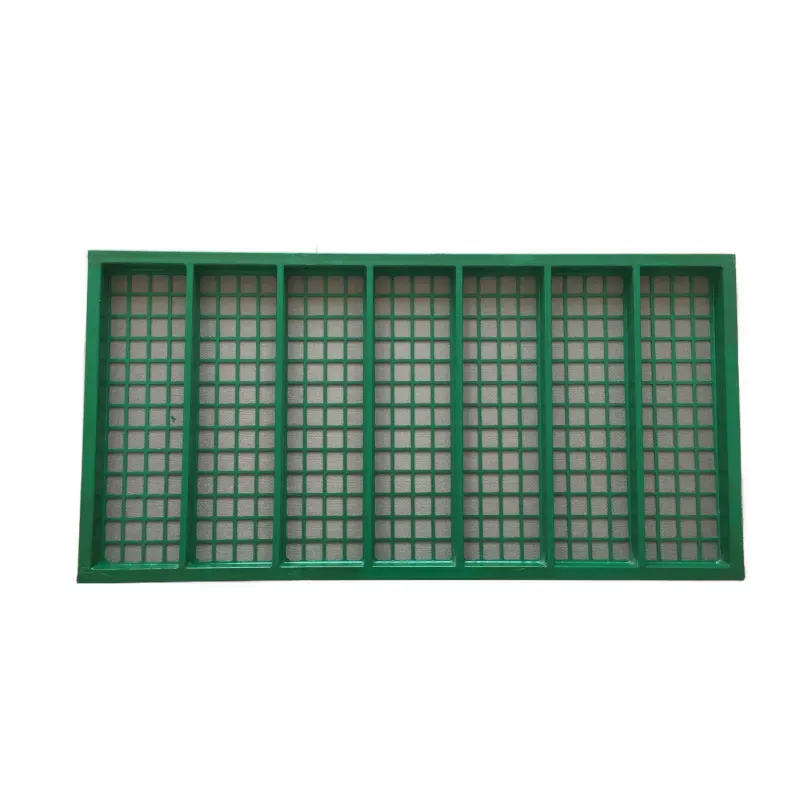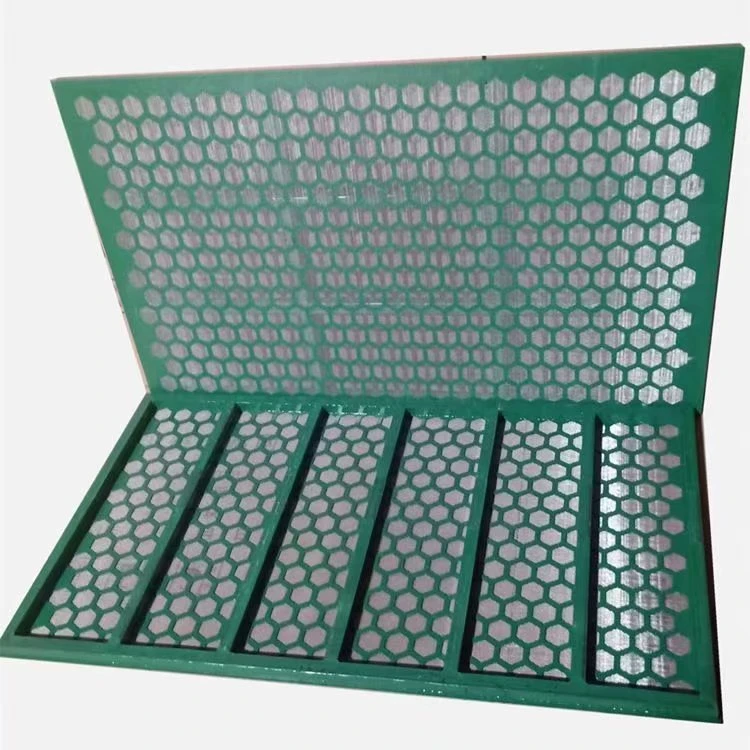- Industrial zone, South of Anping Town, Hengshui, Hebei, China.
- sales@hfpetromesh.com
- +86-18931809706
 Afrikaans
Afrikaans  Albanian
Albanian  Amharic
Amharic  Arabic
Arabic  Armenian
Armenian  Azerbaijani
Azerbaijani  Basque
Basque  Belarusian
Belarusian  Bengali
Bengali  Bosnian
Bosnian  Bulgarian
Bulgarian  Catalan
Catalan  Cebuano
Cebuano  Corsican
Corsican  Croatian
Croatian  Czech
Czech  Danish
Danish  Dutch
Dutch  English
English  Esperanto
Esperanto  Estonian
Estonian  Finnish
Finnish  French
French  Frisian
Frisian  Galician
Galician  Georgian
Georgian  German
German  Greek
Greek  Gujarati
Gujarati  Haitian Creole
Haitian Creole  hausa
hausa  hawaiian
hawaiian  Hebrew
Hebrew  Hindi
Hindi  Miao
Miao  Hungarian
Hungarian  Icelandic
Icelandic  igbo
igbo  Indonesian
Indonesian  irish
irish  Italian
Italian  Japanese
Japanese  Javanese
Javanese  Kannada
Kannada  kazakh
kazakh  Khmer
Khmer  Rwandese
Rwandese  Korean
Korean  Kurdish
Kurdish  Kyrgyz
Kyrgyz  Lao
Lao  Latin
Latin  Latvian
Latvian  Lithuanian
Lithuanian  Luxembourgish
Luxembourgish  Macedonian
Macedonian  Malgashi
Malgashi  Malay
Malay  Malayalam
Malayalam  Maltese
Maltese  Maori
Maori  Marathi
Marathi  Mongolian
Mongolian  Myanmar
Myanmar  Nepali
Nepali  Norwegian
Norwegian  Norwegian
Norwegian  Occitan
Occitan  Pashto
Pashto  Persian
Persian  Polish
Polish  Portuguese
Portuguese  Punjabi
Punjabi  Romanian
Romanian  Russian
Russian  Samoan
Samoan  Scottish Gaelic
Scottish Gaelic  Serbian
Serbian  Sesotho
Sesotho  Shona
Shona  Sindhi
Sindhi  Sinhala
Sinhala  Slovak
Slovak  Slovenian
Slovenian  Somali
Somali  Spanish
Spanish  Sundanese
Sundanese  Swahili
Swahili  Swedish
Swedish  Tagalog
Tagalog  Tajik
Tajik  Tamil
Tamil  Tatar
Tatar  Telugu
Telugu  Thai
Thai  Turkish
Turkish  Turkmen
Turkmen  Ukrainian
Ukrainian  Urdu
Urdu  Uighur
Uighur  Uzbek
Uzbek  Vietnamese
Vietnamese  Welsh
Welsh  Bantu
Bantu  Yiddish
Yiddish  Yoruba
Yoruba  Zulu
Zulu
- Afrikaans
- Albanian
- Amharic
- Arabic
- Armenian
- Azerbaijani
- Basque
- Belarusian
- Bengali
- Bosnian
- Bulgarian
- Catalan
- Cebuano
- Corsican
- Croatian
- Czech
- Danish
- Dutch
- English
- Esperanto
- Estonian
- Finnish
- French
- Frisian
- Galician
- Georgian
- German
- Greek
- Gujarati
- Haitian Creole
- hausa
- hawaiian
- Hebrew
- Hindi
- Miao
- Hungarian
- Icelandic
- igbo
- Indonesian
- irish
- Italian
- Japanese
- Javanese
- Kannada
- kazakh
- Khmer
- Rwandese
- Korean
- Kurdish
- Kyrgyz
- Lao
- Latin
- Latvian
- Lithuanian
- Luxembourgish
- Macedonian
- Malgashi
- Malay
- Malayalam
- Maltese
- Maori
- Marathi
- Mongolian
- Myanmar
- Nepali
- Norwegian
- Norwegian
- Occitan
- Pashto
- Persian
- Polish
- Portuguese
- Punjabi
- Romanian
- Russian
- Samoan
- Scottish Gaelic
- Serbian
- Sesotho
- Shona
- Sindhi
- Sinhala
- Slovak
- Slovenian
- Somali
- Spanish
- Sundanese
- Swahili
- Swedish
- Tagalog
- Tajik
- Tamil
- Tatar
- Telugu
- Thai
- Turkish
- Turkmen
- Ukrainian
- Urdu
- Uighur
- Uzbek
- Vietnamese
- Welsh
- Bantu
- Yiddish
- Yoruba
- Zulu
Bar Grate Decking Solutions – Durable Aluminum & Steel Grid Deck Options
- Introduction to Bar Grate Decking and Its Importance
- Technical Advantages and Engineering Superiority
- Manufacturer Comparison: Steel and Aluminum Decking
- Customization Options for Bar Grate Decking
- In-Depth Application Scenarios and Real-World Cases
- Maintenance, Longevity, and Environmental Considerations
- Final Thoughts on Choosing the Right Bar Grate Decking

(bar grate decking)
The Role of Bar Grate Decking in Modern Infrastructure
Bar grate decking holds a pivotal role in both industrial and architectural applications, owing to its remarkable capacity for structural integrity, safety, and adaptability. Its design consists of load-bearing bars and cross bars welded or locked in place, forming a high-strength grid system. This construction type guarantees superior load distribution, making it indispensable for walkways, mezzanines, rooftop platforms, and various commercial or industrial flooring environments.
As urban landscapes evolve, the need for efficient, robust, and low-maintenance decking solutions has become paramount. Bar grate decking meets these demands by offering unyielding support even in harsh environments. According to industry data, global demand for steel and aluminum grid decking solutions grew by 7.8% in 2023, driven by safety regulations and rising infrastructure investments. The flexibility in design—from slip resistance to spanning capability—contributes to its expanding role across sectors ranging from petrochemical plants to public transportation hubs.
Technical Advantages & Engineering Data-Driven Insights
The fundamental advantage of bar grate decking
lies in its engineering: exceptional strength-to-weight ratio. Aluminum grate decking provides up to 60% weight reduction compared to steel, yet delivers robust performance for light and medium-duty applications. Steel grid decking, conversely, excels in heavy-load environments, supporting concentrated loads in excess of 500 lbs per square foot, depending on mesh configuration and bar thickness.
Anti-slip surfaces, corrosion resistance (especially when galvanized or anodized), and open-grid layouts facilitate water drainage and ventilation. These properties reduce risks of accidents—even in wet, oily, or icy settings. Furthermore, modular installation means rapid deployment and cost savings; studies show that modular decking can decrease labor costs by 30–40% relative to traditional poured-in-place solutions.
| Feature | Steel Grid Decking | Aluminum Grate Decking |
|---|---|---|
| Weight (lbs/sq ft) | 9–15 | 4–7 |
| Corrosion Resistance | High (when galvanized) | Exceptional (anodized)/High (bare) |
| Load Capacity (lbs/sq ft) | Up to 500+ | Up to 225 |
| Maintenance | Low | Very Low |
| Recyclability | 95% | 100% |
| Lifespan (years) | 25–50 | 20–40 |
These technical measures allow engineers and facility managers to select the specification that guarantees both durability and optimal lifecycle cost benefits; they also facilitate compliance with rigorous building and safety codes.
Comparing Manufacturers: Steel and Aluminum Grid Decking Leaders
Selecting a manufacturer for bar grate decking involves comparison beyond mere cost—quality assurance programs, production capacity, engineering support, and materials science innovation all play critical roles. Leading manufacturers in North America and Europe maintain strict ISO 9001/14001 certifications, employ advanced robotic welding for consistency, and provide third-party testing data for load and slip resistance.
For example, a prominent steel grid decking manufacturer offers custom mesh spacing down to 19-weld sizes and utilizes OSHA-compliant coatings for enhanced field safety. In contrast, premier aluminum grate makers often specialize in lighter weight, extruded sections, ideal for marine and rooftop applications. Benchmarks collected from customer feedback indicate that leading firms can offer on-time delivery rates above 98%, and typical warranty coverage exceeding 20 years—a decisive factor for long-term capital projects.
Moreover, manufacturers with in-house design teams can deliver proprietary slip-resistance surface treatments, customizable colors, and integrated edge banding. These factors have fueled competition and driven a surge in product development, ensuring that buyers today can demand both performance and aesthetics—no longer forced to compromise.
Customization: Tailoring Bar Grate Decking to Project Needs
One of the key attributes distinguishing modern bar grate decking is the extensive scope for customization. With advancements in CAD, laser cutting, and robotic assembly, it is now feasible to specify virtually any size, configuration, or finish. Clients may choose from various bearing bar depths (ranging from 1" to 3"), bar spacing (centre-to-centre from 19mm to 50mm), and crossbar types (twisted, plain, or grooved for enhanced traction).
Additionally, surface treatments—such as hot-dip galvanizing, powder coating, or anodizing for aluminum—augment protection and blend with design schemes. Edge banding, nosing, kickplates, and cutouts for ducts or services can be integrated at fabrication, reducing site-time and eliminating secondary handling.
For projects with stringent safety requirements, manufacturers offer serrated surfaces, tactile indicators, or bright-color finish options to improve visibility and mitigate slip hazards. These options ensure bar grate decking not only meets but often exceeds legislative requirements pertinent to disability standards, public safety, and hygiene.
Application Cases: Real-World Deployment of Steel & Aluminum Grate Decking
Bar grate decking’s versatility means it serves across multitude of industries and public environments. Leading transit authorities have specified steel grid decking for subway platforms—citing its ability to withstand footfalls exceeding 10,000 persons per day while maintaining strict fire safety standards. In the energy sector, offshore oil rigs trust aluminum grate decking for corrosive, salt-laden atmospheres, reporting a maintenance interval extension of 5 years over steel-only installations.
A European chemical plant recently replaced concrete walkways with galvanized steel grid decking, reducing structural weight by 30%, improving drainage, and cutting slip incidents by 72% in wet-weather operations.
| Project | Location | Product Type | Key Outcome |
|---|---|---|---|
| London Underground Refurbishment | UK | Galvanized Steel Grid Decking | 25% increase in lifecycle, zero reported structural failures in a decade |
| Offshore Platform Expansion | Gulf of Mexico | Anodized Aluminum Grate Decking | Reduced maintenance by 40%, improved worker safety scores |
| Chemical Production Facility Retrofit | Germany | Steel Serrated Grate Decking | Significant fall reduction, improved ease of cleaning |
These installations highlight the adaptability of bar grate decking and demonstrate tangible safety and operational advantages using both aluminum and steel solutions.
Maintenance, Service Life, and Environmental Considerations
Maintenance regimes for bar grate decking are notably straightforward: periodic inspections and routine cleaning are generally sufficient. The open-grid configuration naturally prevents the buildup of debris and pooling of liquids, mitigating risks of corrosion or surface deterioration. Both steel and aluminum variants possess strong environmental credentials—steel grids often contain at least 60% recycled content, and aluminum exceeds 80%, contributing to green building certification targets.
Service life varies by environment and protective treatment. Galvanized steel decking in sheltered locations can demonstrate a lifespan exceeding 50 years, while exposed installations may require recoating or replacement after 25–35 years. Aluminum’s natural oxide film self-heals in many corrosive settings, providing impressive longevity with minimal upkeep.
Additionally, at end-of-life, both steel and aluminum decking are nearly 100% recyclable—supporting cradle-to-cradle circularity initiatives and minimizing environmental impact.
Choosing the Best Bar Grate Decking for Future Projects
In sum, bar grate decking is a proven, high-performance solution delivering vital safety, resilience, and adaptability across an array of challenging environments. Modern engineering advances have redefined both steel and aluminum grate decking as premium, easily customized choices for architects, engineers, and facility planners. By carefully assessing project requirements—load, environment, aesthetic preference, and long-term maintenance—clients can specify a product that matches or surpasses the most stringent safety, compliance, and lifecycle standards.
Whether facing industrial loading, marine exposure, or public access challenges, there is a tailored solution available. The integration of eco-friendly practices, such as recycled content and full recyclability, underscores a holistic commitment to sustainability. Equipped with rigorous manufacturer scrutiny, informed customization, and illustrated performance in global case studies, stakeholders are empowered to select the ideal bar grate decking for every critical application.

(bar grate decking)
FAQS on bar grate decking
Q: What is bar grate decking?
A: Bar grate decking is a flooring material made from a series of metal bars arranged in a grid-like pattern. It is commonly used for industrial platforms, walkways, and mezzanines due to its strength and slip resistance. These decks allow for drainage and airflow.Q: What are the benefits of using aluminum grate decking?
A: Aluminum grate decking is lightweight, resistant to corrosion, and easy to install. It's ideal for outdoor and marine environments because it does not rust. Its durability also minimizes long-term maintenance.Q: Where is steel grid decking commonly used?
A: Steel grid decking is frequently found in industrial settings such as factories, plants, and catwalks. Its high strength and load-bearing capacity make it suitable for heavy-duty applications. It also provides excellent traction and drainage.Q: How do I choose between bar grate decking materials?
A: The choice depends on your specific needs for weight, corrosion resistance, and budget. Aluminum grate decking is best for environments exposed to moisture, while steel grid decking suits heavy loads. Consider both the location and intended use when selecting decking material.Q: Is bar grate decking easy to maintain?
A: Yes, bar grate decking requires minimal maintenance due to its open grid design, which prevents debris buildup. Regular cleaning with water is usually sufficient. Its durable materials also resist corrosion and wear.-
Why Our Shaker Screen for Sale Stands Out in Every ApplicationNewsAug.08,2025
-
Unmatched Efficiency with Premium Shale Shaker Screen TechnologyNewsAug.08,2025
-
Reliable, Durable, and Cost-Effective: Press Locked Steel Grating SolutionsNewsAug.08,2025
-
Precision Strength with Welded Steel Bar GratingNewsAug.08,2025
-
Perimeter Safety Netting: The High-Strength Shield for Elevated Safety SolutionsNewsAug.08,2025
-
Maximize Performance with Steel Walkway GratingNewsAug.08,2025